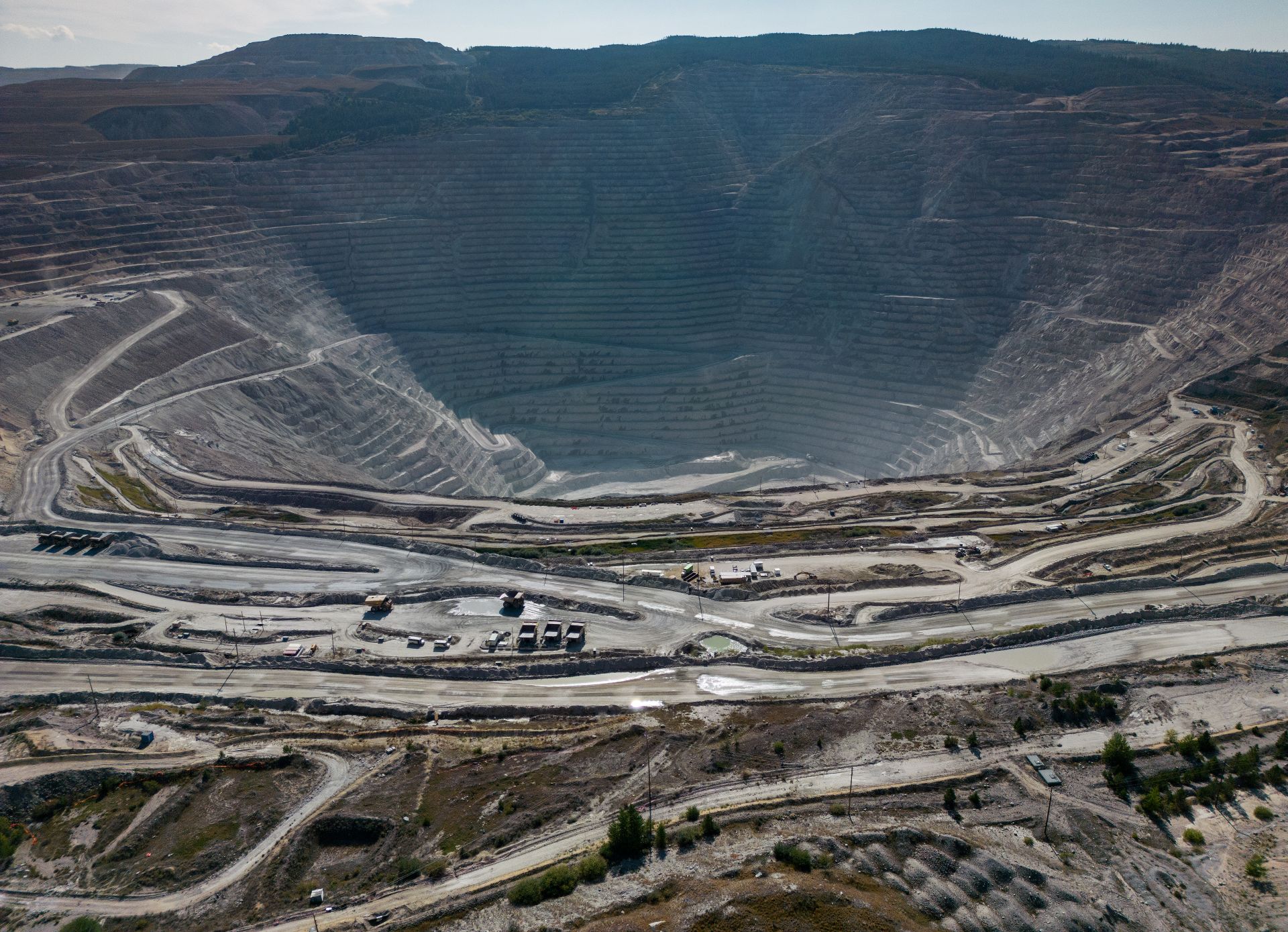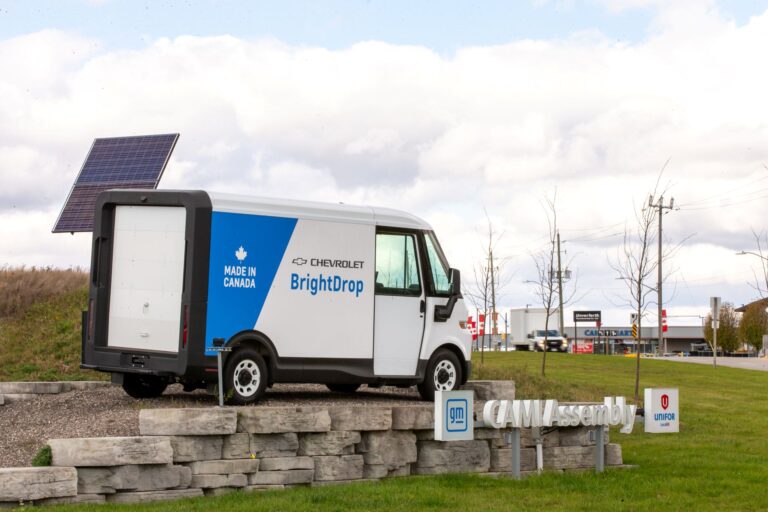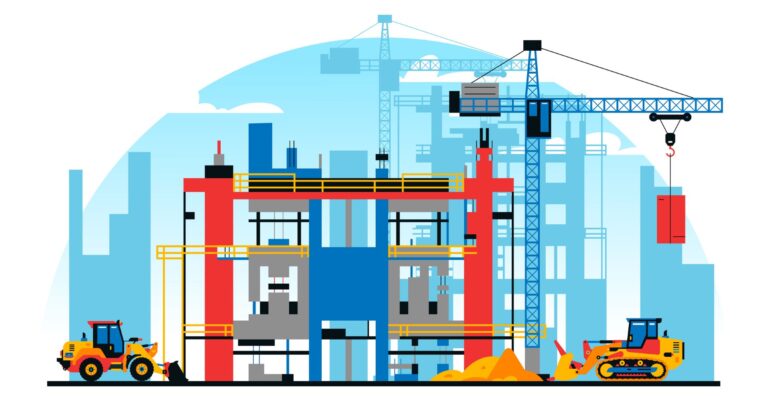The global demand for critical minerals is surging. Driven by the clean-energy transition, digital infrastructure, and geopolitical shifts, governments in Canada are pushing to unlock subsurface resources. These minerals – like lithium, graphite, and rare earth elements – are touted as necessary for clean tech and national defence.
In the rush to skirt regulatory hurdles under the guise of building mines faster, industry and governments are increasingly seeking to avoid or streamline environmental impact assessments (IAs), which are required by law and allow the public, experts, and Indigenous groups to weigh in on proposed projects. However, our examination of IA processes over the years shows that, despite their challenges, they remain a key planning tool for protecting communities, ecosystems, and democratic accountability.
In our new study, we built a first-ever database of IAs for mines and quarries across Canada. We found data for 227 proposed projects spanning the past 50 years.
In many ways, what we discovered didn’t surprise us. Mining projects have been getting bigger, with more earth being moved over longer timeframes. The frightening part was the IA systems we reviewed were plagued by inconsistent data, inaccessible records, and fragmented oversight.
Given the potential for mega-mines to have major effects and cumulative impacts on salmon, caribou, and other important aspects of ecological systems, the lack of co-ordination and transparency displayed across IA jurisdictions concerned us.
Inconsistent regulatory coordination and decision-making
Mining regulation in Canada is primarily the responsibility of the provinces and territories. However, it remains the duty of the federal government to regulate aspects of the environment like fish habitat and species at risk and impacts on the well-being of Indigenous Peoples.
IA in Canada began in the 1970s to bring all parties together and help both decision-makers and the public understand the risks and benefits of proposed industrial projects. But the different levels of government in Canada haven’t always been on the same page. Thirty-nine projects in our database were assessed under both federal and provincial regimes, often at the same time. Of these, 64 per cent had discrepancies in key metrics like production size, lifespan and footprint.
In one case, the same mine was said to have a capacity of 43,800 tonnes of iron ore per day in federal documents and 104,000 tonnes per day in provincial paperwork. In 2005, an oil sands mine proposed a total footprint to the federal regulator that was more than double what was proposed to the Province of Alberta (23,000 hectares versus 11,000 hectares). That’s the difference between evaluating the impacts on the scale of a large cattle ranch versus a whole county.
Lessons from the past made difficult to access
Even more concerning was our inability to access information that is supposed to be available to the public. In many provinces, public registries are incomplete, outdated, or difficult to navigate. Documents for most projects proposed before 2000 were simply unavailable. We requested these using access to information procedures, and our requests were either denied or quoted large sums (e.g. $6,000) for digitizing paper records.
Some jurisdictions are doing better. British Columbia and the three territories have accessible and robust public IA data registries, but these are the exceptions.
Companies that propose new mines collect a lot of data to understand how their project might impact the surrounding environment, economy, and communities. Making that data public is necessary for independent oversight to assess if IAs are working as intended. In British Columbia, access to project data has allowed researchers to study freshwater impacts from mining project alterations, audit the financial performance of coal mines, and examine how gender impacts are accounted for in mining IAs.
Historical IAs also provide valuable information for industry and regulators alike. They contain environmental baseline data like species inventories, financial projections like job creation and tax revenue, and the records of meetings between industry, government, rightsholders, and other stakeholders. If IA documents are not public, how can a company that wants to mine in a well-explored area understand why previous proposals were unsuccessful?
Does looser regulation lead to speedier developments?
Our findings also revealed much about the impact of looser regulation on projects.
We see efficiency in the IA process as inherently a good thing. It helps keep public-sector costs down, avoids fatiguing communities with repeated consultations and can result in better predictability for industry and investors. But efficiency and speed are not always the same thing and efficiency can’t come at the cost of cutting corners, resulting in decisions based on weak scientific evidence or that ignore important stakeholder and rightsholder concerns.
The current push to accelerate resource projects isn’t the first time IA laws and regulations are in the crosshairs of political and industry narratives claiming they impede mining development in Canada. The goal of the Harper government’s Canadian Environmental Assessment Act 2012 (CEAA 2012) was to subject fewer projects to a faster IA process.
Did the planned acceleration work? In short, no. We found no difference in the IA timelines for mines and quarries assessed under CEAA 2012 and its predecessor, the Canadian Environmental Assessment Act of 1992. The site of the Kerr-Sulpherets-Mitchell (KSM) Project – Canada’s largest approved metal mine – sits undeveloped more than 11 years after the IA concluded due to challenges related to start-up capital. Two pipelines rushed through the IA process under CEAA 2012 never got built. Courts overturned their approvals due to inadequate Indigenous consultation.
The economics of developing a new mine can fluctuate along with commodity pricing and geopolitics, something that government regulation alone cannot address. Recent streamlining laws passed in Ontario and British Columbia as well as the new federal Building Canada Act are already facing pushback, protests, and legal action from Indigenous groups and civil society actors.
Strengthening IA processes
Nobody wins when IA processes are duplicated and there appears to be movement towards co-ordinating federal and provincial regulators on IAs. However, significant concerns have been raised that weaker IA systems will be used instead of stronger ones.
Apart from project-level IAs, Canada underuses broader planning tools like strategic assessments and regional assessments. These tools can improve the efficiency of IA processes while also providing guardrails to prevent ecosystems and communities from being pushed past their limits due to the cumulative effects of human disturbance.
Ottawa needs to step in before nuclear waste project goes any further
Environmental impact reviews should take a more regional perspective
Although some jurisdictions have improved transparency, governments should also commit to building capacity in under-resourced departments. IA offices, for example, could ensure that this invaluable information (some collected at taxpayer expense) is readily available to all. If not, poor data practices and bureaucratic opacity will continue to erode the public’s ability to participate meaningfully in environmental decision-making – and industry’s ability to learn from past IA case studies.
In Canada, one thing is certain: responsible mining requires the free, prior, and informed consent of Indigenous Peoples – rights that are affirmed in the Constitution, courts, and other areas of international and domestic law. Mining and IA policies should focus less on rigid, arbitrary regulatory streamlining timelines and instead promote genuine collaboration with Indigenous communities (which may conduct their own Indigenous-led impact assessments), recognizing that consent-based partnerships and strong local governance can produce efficient mining development that benefits both communities and investors.
Overall, the results from our study suggest that:
- IAs continue to be valuable tools when combined with other broader planning initiatives to guide responsible mining development that learns from the past.
- Members of the public, subject matter experts, and knowledge holders are legally entitled to meaningfully participate in any ongoing IA and should be able to evaluate the performance of projects and IA processes over time. Ensuring this requires that governments improve the accessibility of their websites and ensure that all data from IAs past and current is available in the public record.
- If history repeats itself, politically motivated efforts to fast-track, streamline, or abandon IAs may have the opposite effect, resulting in delays in project development or fewer projects getting built all together.
Moving forward, we encourage all Canadian jurisdictions to increase data sharing and co-operation to strive for responsible IA efficiency in the mining sector and beyond.













